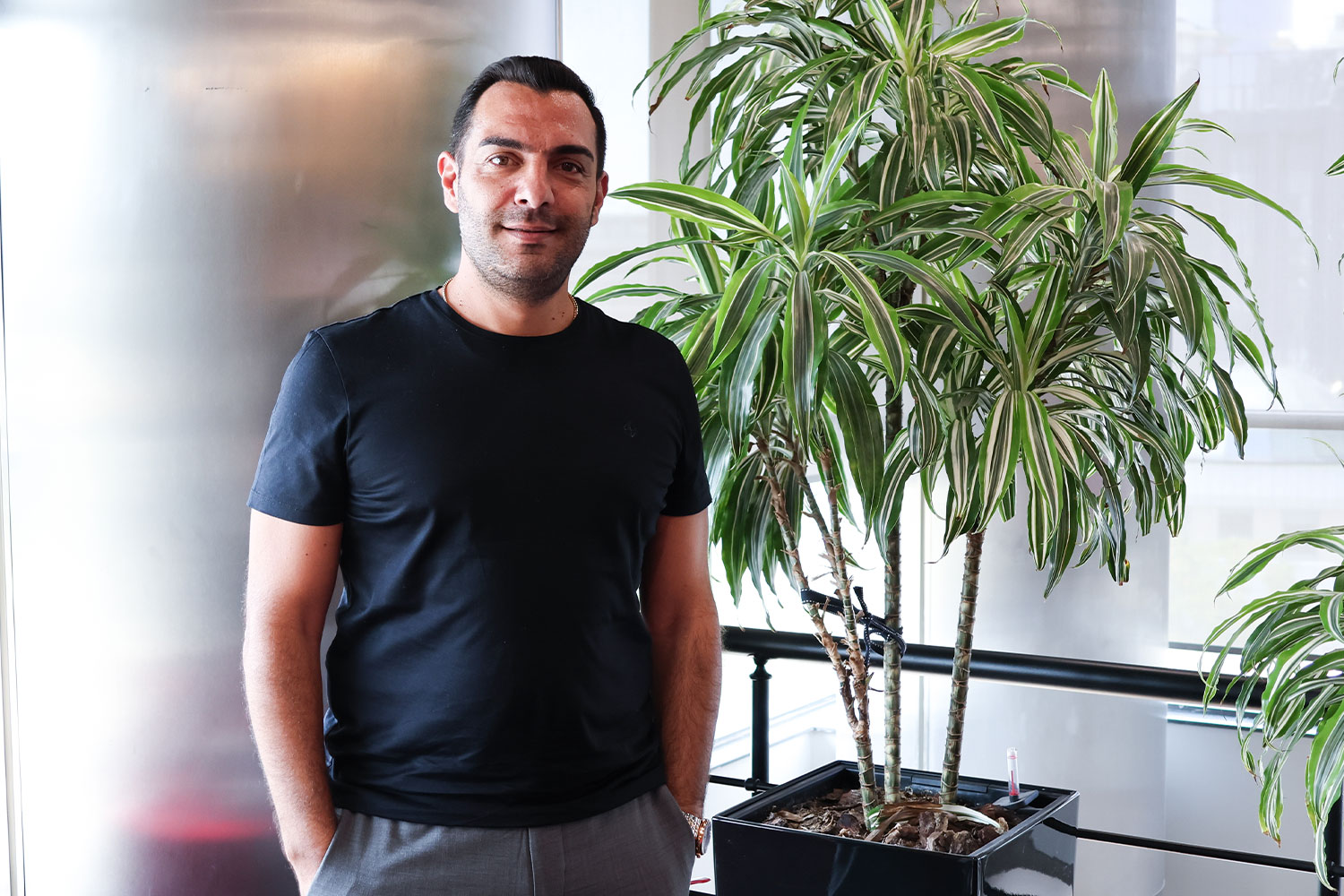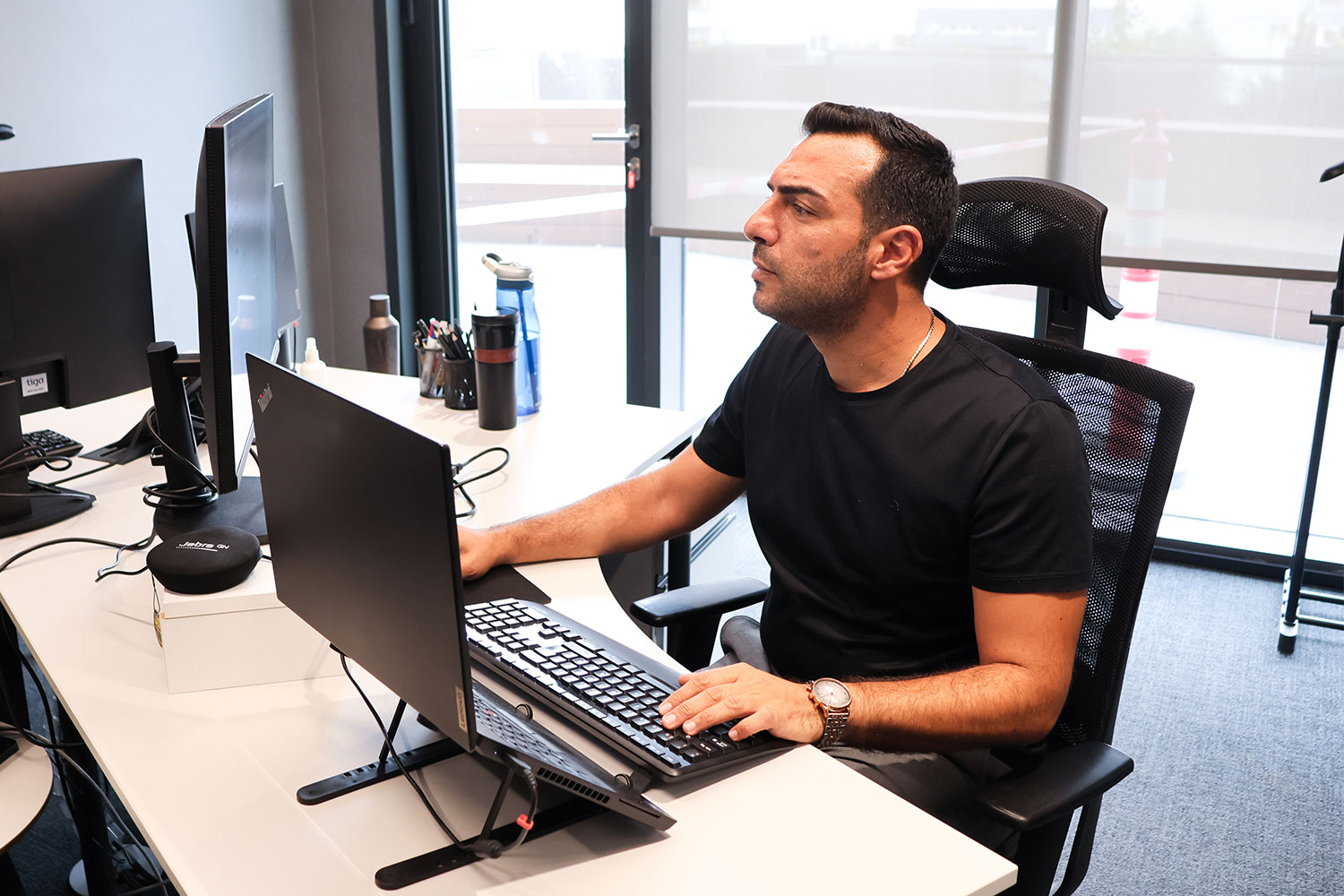
Insights
An Interview with Tan Atagören on the Management of Administrative & Clinical Workflows: Shaping the Future of Hospital Information Systems
We interviewed Tan Atagören, our Lead Project Manager, to discuss the crucial role of Hospital Information System (HIS) in modern healthcare. Atagören explained how this system affects clinical, administrative, and financial outcomes within hospitals. He mainly highlighted that an HIS is essential for improving patient care, operational efficiency, and data management.

Here’s the interview:
1. First of all, could you explain what a Hospital Information System (HIS) is and why it’s important for healthcare institutions?
As the digital nervous system of a hospital, a HIS unites medical, administrative, and financial data on one real-time platform. It eliminates fragmented spreadsheets and paper charts, cutting errors and duplication. By surfacing the right information to clinicians instantly, HIS improves patient safety and care coordination. It also underpins regulatory compliance, cybersecurity, and data governance. In today’s high-stakes healthcare environment, operating without an HIS is like flying blind.
2. Could you provide a real-world example of the impact of HIS on patient care and outcomes?
Think of an HIS as the hospital’s smart brain. In one large hospital, switching to an HIS can cut prescription mistakes by a third because doctors type orders into the system instead of handwriting them. Lab results pop up on the screen as soon as they are ready, so nurses can act much faster. Patients go home sooner because departments stop losing paperwork and repeating tests. Families notice smoother visits and clearer answers from staff. Overall, the hospital becomes safer, faster, and friendlier simply by letting computers connect everyone and everything together.
3. How does an HIS contribute to operational efficiency and cost savings for hospitals?
An HIS automates scheduling, billing, inventory, and discharge workflows, removing thousands of manual steps per day. Real-time dashboards flag idle beds, expiring drugs, and clogged departments before they hit the bottom line. Finance closes the month faster because revenue and cost data reconcile automatically. Over five years, typical hospitals recoup the investment through lower overtime, fewer denied claims, and optimized supply usage. Efficiency gains free up resources for direct patient care instead of paperwork.
4. What are the key challenges during the implementation of an HIS, and how can these issues be overcome?
Cultural resistance, legacy data migration, and uneven user skills are the main hurdles. These issues can be overcome with various strategies.
Engaging clinical ‘super-users’ early is important to champion change and build trust. Moreover, migrating data in staged waves with parallel testing can avoid downtime. Another critical strategy is providing tailored, role-based training backed by on-site support during go-live. Lastly, tracking clear KPIs like error rate, turnaround time, user satisfaction plays a vital role in proving value quickly and keeping momentum.
5. Given the challenges hospitals face in patient monitoring during high patient volumes and emergency situations, how does Tiga Healthcare Technologies’ HIS support healthcare professionals in making timely and precise decisions?
Our micro-service architecture keeps response times sub-second even when emergency admissions spike. Real-time triage dashboards prioritize high-acuity patients and surface allergy, medication, and imaging data without extra clicks. Embedded clinical rules push sepsis or stroke alerts directly into the workflow. Command-center views let managers track beds, staff loads, and supplies in real time. The result is fast, data-driven action when every minute counts.
6. Could you describe how artificial intelligence and machine learning technologies are expected to be integrated into Hospital Information Systems to enhance clinical and operational outcomes?
AI will shift HIS platforms from passive record-keepers to proactive decision partners. Predictive models flag patient deterioration hours before vital signs crash, optimize operating room (OR) schedules, and forecast drug demand with near-zero waste. Natural language processing auto-drafts progress notes, halving documentation time. Computer vision algorithms read imaging studies for early anomalies, while AI-powered claim scrubbing slashes reimbursement denials. At Tiga Healthcare Technologies, we’re actively embedding these capabilities to deliver precision, personalization, and performance across the care continuum.

Key Points of the Interview
- Better Patient Outcomes: An HIS gathers medical, administrative, and financial data together in real time, significantly reducing errors and giving clinicians immediate access to vital health information. This leads to more coordinated and safer care, resulting in shorter hospital stays and an improved experience for patients.
- Operational Efficiency and Cost Savings: By automating routine administrative tasks like scheduling, billing, and inventory management, an HIS reduces manual work and streamlines hospital operations. This system helps hospitals save money by optimizing staff, supplies, and other key resources.
- The Impact of AI: AI will transform hospital information systems from simple record-keepers into proactive decision-making partners for healthcare professionals. This technology will enable predictive models to flag patient risks and automate complex tasks, leading to more precise and personalized care along with enhanced performance.
This insightful interview with Tan Atagören embodies the transformative potential of hospital information systems in improving healthcare quality and efficiency while reducing errors. This system optimizes hospital workflows and enhances data management for both clinical and administrative purposes. Atagören’s informative expressions are great resources to understand HIS’ functions and its benefits for patients, health professionals, and healthcare providers.
Let’s shape the future together, as always!








